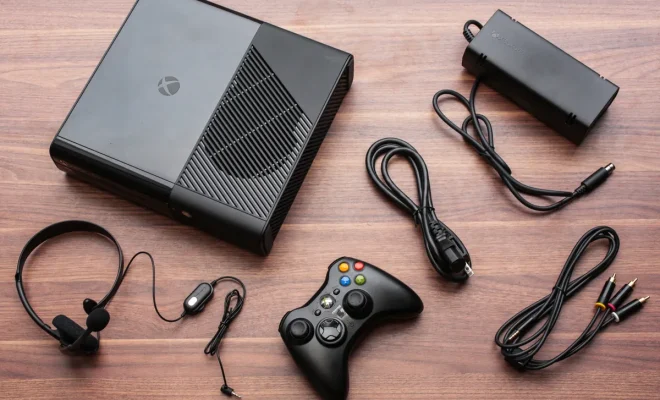Tesla Powerwall 2 vs. Generac Pwrcell: Which Battery Wins the Power Struggle?

In the world of home energy storage systems, the Tesla Powerwall 2 and Generac Pwrcell are two leading contenders vying for dominance. Both systems promise to keep your lights on during an outage, reduce reliance on the grid, and can even save money over time. This article delves into the specifications, capabilities, and unique features of both batteries to determine which one may be the best fit for your power needs.
The Tesla Powerwall 2 comes with a renowned lineage of electric vehicle technology and sustainable energy solutions. It offers a sleek design that is emblematic of Tesla’s brand. With a 13.5 kWh usable capacity and a 7kW peak / 5kW continuous power output, it makes for an efficient and powerful option for those looking to go green. It also offers a built-in inverter which simplifies installation and reduces overall system cost. The Powerwall 2 features a liquid thermal control system, ensuring performance is optimized throughout various temperature ranges. Additionally, Tesla’s app provides excellent monitoring capabilities, turning energy management into an intuitive experience.
In contrast, Generac Pwrcell boasts a modular design which allows for customization based on individual energy needs. With modules ranging from 8.6 kWh to 17.1 kWh capacity, one can scale up as demands increase or budget allows. Each Pwrcell battery has a continuous power rating of up to 3.4 kW with a surge capability significantly higher, providing the resilience needed during peak loads or startup surges from large appliances or tools. A standout feature is its integration with Generac home standby generators, creating a robust ecosystem for homes that experience frequent or prolonged power outages.
Both systems are lithium-ion based but differ in their chemical composition; the Powerwall uses nickel-manganese-cobalt (NMC), while Generac opts for lithium iron phosphate (LFP), which typically implies a longer life cycle at the cost of energy density.
Installation costs can vary widely depending on location and individual home requirements; however, both systems are eligible for the federal solar investment tax credit if installed alongside solar panels.
Ultimately, when choosing between Tesla Powerwall 2 and Generac Pwrcell, homeowners must weigh factors such as budget constraints, backup power needs, capacity requirements, installation considerations, and brand preferences. Those inclined towards state-of-the-art technology with strong app integration may lean towards Tesla’s offering, while those needing customization and potentially longer battery life cycles might prefer Generac’s scalable solution.
In conclusion, both the Tesla Powerwall 2 and Generac Pwrcell have carved out substantial niches in the home energy storage arena—there isn’t a clear “winner” as each caters to different priorities and preferences. The decision will depend heavily on personal circumstances and values in sustainability versus flexibility and expansion capability.





